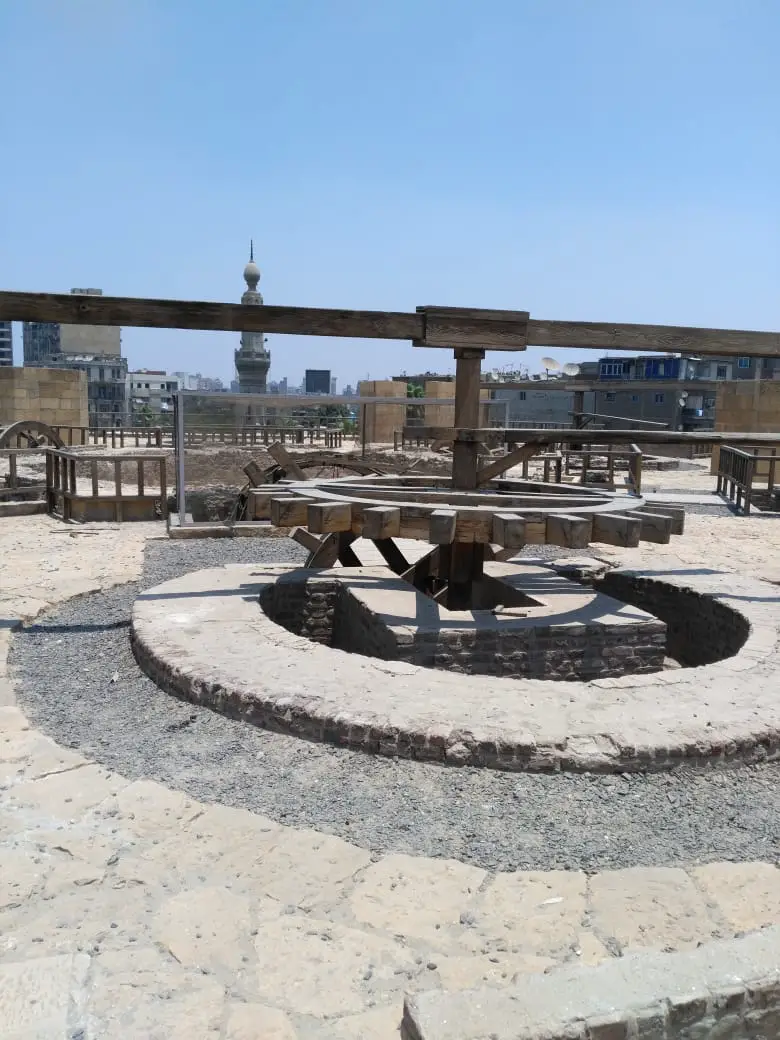The government of Egypt is set to construct a tourist and cultural hub at a cost of over US $254m in Magra El-Oyoun Fence, a historical site constructed in the 16th century during the Mamluk era.
Also Read: Egypt signs agreement for construction of new museum in New Administrative Capital
The project will be carried out in two phases. The first phase will be executed in two years’ time while the second phase will be completed within 5 years. It involves the construction of two theaters, one of which will be an open air, development of cinemas, restaurants, markets, a handicraft center, plastics art galleries, multipurpose halls and studios with accommodations.
Egypt to construct a tourist and cultural hub
The project will be implemented at the site of Egypt’s decades long tannery complex which was situated in the Magra El-Oyoun Fence. The government recently announced that it had completed relocating all tannery workshops and factories in this area to the eastern Cairo region, giving way for the restoration of the archaeological site and its surroundings.
The steps to develop Magra El-Oyoun Fence, according to Basem al-Ashqar, director general of antiquities affairs in ancient Egypt and al-Fustat area at the Ministry of Tourism and Antiquities, include a modern planning vision aimed at maximizing the benefit of this region on the social and economic levels.
He also mentioned that the project aims to create alternative activities and uses that uphold Cairo’s role as a cultural tourism center.
Benefits of the project
The project is set to develop the region and conduct cultural activities such as handicrafts and give a space to showrooms and industries related to the archaeological area and museums open to the area behind the fence hence reducing over dependence to the tannery workshops and factories.
It is also expected to give a major boost to the North African country’s tourism industry and revive an ancient archaeological site that might attract more tourists.
